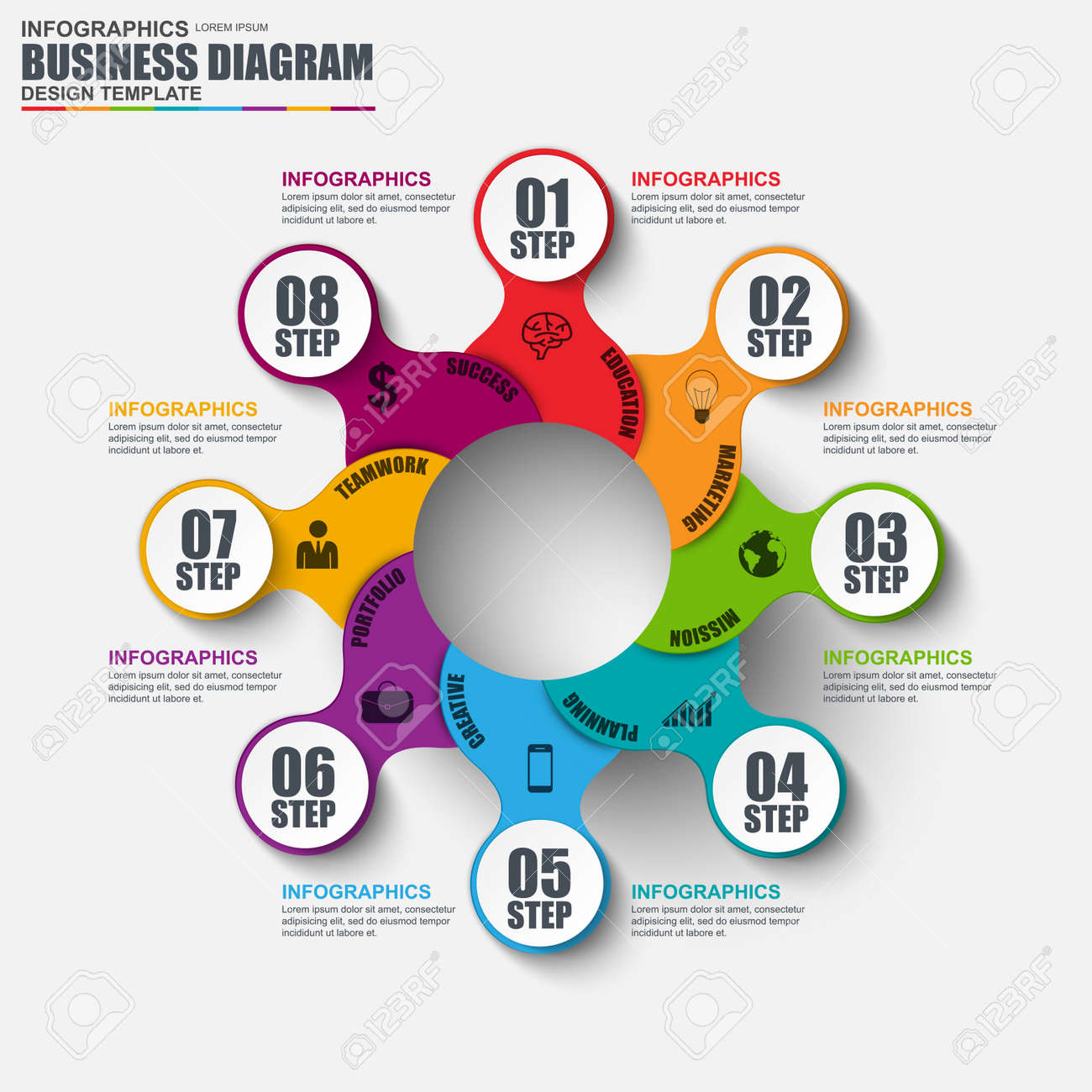Basic Facets Of Web Design: Standards For Developing A User-Centric Site
Basic Facets Of Web Design: Standards For Developing A User-Centric Site
Blog Article
Published By-Scarborough Thorpe
When it comes to internet site layout, guaranteeing user-friendliness is vital. From receptive design to streamlined navigating, every aspect plays a critical function in developing a website that caters to your audience's requirements. But what regarding the better information that can make or break a user's surfing experience? Remain tuned as we discover some often-overlooked suggestions that can boost your internet site's usability to the next level, making it really attract attention in the digital landscape.
Relevance of Responsive Layout
Responsive layout is a critical facet of modern-day web site growth. Ensuring just click the next website is responsive means that it can adapt to various display dimensions and tools, offering a smooth experience for users.
With the enhancing use smart devices and tablets to access the internet, having a responsive layout is essential for getting to a larger target market. It assists in enhancing user experience by making your web site simple to browse and keep reading any kind of gadget.
In addition, responsive layout can positively impact your online search engine positions, as online search engine like Google focus on mobile-friendly sites. By having a receptive style, you're additionally future-proofing your web site, as brand-new tools with differing screen sizes remain to arise.
Simplify Navigation Structure
To improve individual experience and assist in easy access to info on your internet site, streamlining the navigation structure is paramount. When making your site, focus on producing a clear and user-friendly navigating menu that helps site visitors locate what they're seeking rapidly.
pop over to this web-site of food selection items to the essentials, grouping related pages with each other to avoid frustrating individuals. Use detailed labels that plainly show the web content of each web page, making it easier for individuals to understand where each web link will take them.
Consider carrying out dropdown menus for subcategories to stop jumbling the primary navigation bar. Furthermore, consist of a search bar prominently on the page for users who prefer searching for specific information.
Focus on mobile responsiveness in your navigation design to ensure simple accessibility on all gadgets.
Optimize Page Load Speed
Improving page load rate is vital for retaining site visitors on your site. Slow-loading pages frustrate users and can cause high bounce rates. To optimize page lots speed, beginning by enhancing pictures. Press pictures without jeopardizing top quality to reduce their file sizes.
In addition, enable internet browser caching to store often accessed sources locally, accelerating load times for returning site visitors. Minify CSS, JavaScript, and HTML documents by eliminating unneeded personalities, remarks, and formatting, boosting lots rate.
Think about making use of a content distribution network (CDN) to disperse your site's web content throughout numerous servers worldwide, decreasing latency for users accessing your website from various areas. Finally, restrict using third-party manuscripts and plugins, as they can significantly influence tons times.
Conclusion
Finally, by including receptive design, simplifying navigation, and enhancing web page tons rate, you can create a straightforward website that interest a broader audience and enhances customer experience. These essential elements make certain that visitors can conveniently gain access to and navigate your site across various gadgets, causing raised interaction and satisfaction. By concentrating on these vital elements, you can construct an effective internet site that maintains customers coming back for more.
